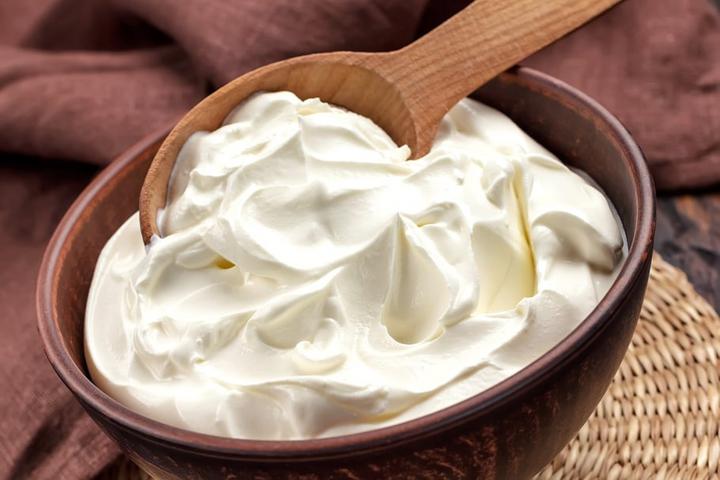Cream is an emulsion of fat in water. It may be obtained by skimming milk followed by an homogenisation step to stabilise it. Around 7 liters of milk have to be used to make 1 kg of 30% fat cream.
In France creams are defined by the decree 80-313, from April 23rd 1980:
- The designation “cream” may only be used for products containing at least 30% fat.
- The designation “light cream” is used for products containing between 12 and 29% fat.
- Whole cream contains at least 40% fat.
Creams are made of 30 to 40% fat, 59% water and 6% non fat elements (proteins, lactose and minerals). Cream contains calcium and is rich in fat-soluble vitamins A, D, E, K.
Heat treatment (sterilisation, UHT, pasteurisation or thermisation), fat content, viscosity (liquid, semi-thick or thick), structure (whipped or whipping ) and packing methods (aseptic or not, jars, pouches, bottles, bricks…) are as many elements that help distinguish the numerous existing creams. These criteria may be combined, which gives, as a result, a broad range of creams:
Pasteurised cream: undergoes a heat treatment up to 72°C during 20 seconds. This kind of product is nevertheless more fragile than sterilised cream.
